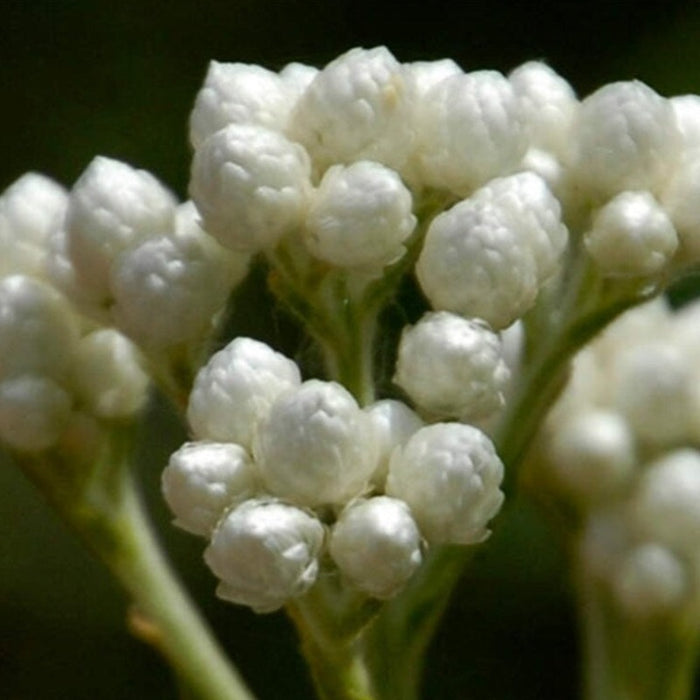
Cudweed Flower Seeds
Save 50%
Original price
$10.00
Original price
$10.00
-
Original price
$10.00
Original price
$10.00
Current price
$4.99
$4.99
-
$4.99
Current price
$4.99
Welcome to the world of Cudweed, where elegance meets simplicity in the form of delicate, white blossoms with sunny yellow centers using these Cudweed Flower Seeds. These seeds offer a subtle opportunity to add a touch of grace to your garden, creating a serene ambiance that lasts from July to September.
Specifications:
- Color: White With Yellow Centers
- Plant Seeds: Fall Sow Seeds Or Cold Stratify
- Bloom Time: July - Sept
- Hardiness Zone: Annual / Biennial
- Plant Height: 20 - 32"
- Plant Spacing: 12 - 18"
- Light Requirements: Sun
- Soil & Water Preferences: Average - Dry
- Quantity: 100 Seeds



